Google is poised to take its AI capabilities to new heights with the development of advanced video creation features for its Gemini app, a groundbreaking revelation that surfaced in a recent report. Known for its ability to generate high-quality still images from text prompts, Gemini could soon expand its repertoire to include the creation of realistic video clips—all driven by simple text descriptions provided by users. This potential upgrade marks a significant evolution for Google’s AI endeavors, promising to blend cutting-edge technology with creative accessibility in ways that could reshape how we interact with artificial intelligence.
A Glimpse Into the Future: February 22 Update
As of February 22, 2025, excitement around this development has only grown with the news that Google Veo 2—an advanced text-to-video AI model—is now widely available for public experimentation. This milestone allows anyone to test the waters of AI video creation by transforming textual descriptions into dynamic video content. Originally reported on February 20, this article has been updated to reflect the rapid pace at which Google’s AI innovations are unfolding, underscoring the company’s commitment to pushing the boundaries of what’s possible.
Behind the Scenes: What the Leak Reveals
The discovery of these forthcoming features owes much to the keen eye of tipster AssembleDebug, who, in a report for Android Authority, uncovered tantalizing clues buried within the latest version of the Google app. Hidden within the code were references to video generation capabilities powered by “Robin,” the internal codename Google uses for Gemini-related functionalities. Alongside these hints, text snippets such as “Working ……” and “We will notify you when it’s ready” suggest an active development process aimed at integrating video generation into the Gemini ecosystem. While Google has yet to officially roll out these tools to Gemini users, the presence of this code strongly indicates that the tech giant is testing the waters for a feature that could debut in an upcoming app update.
What Could These Video Tools Look Like?
Though the specifics remain under wraps, speculation abounds about the potential scope of these video generation capabilities, fueled by Google’s existing technological arsenal. One of the most thrilling possibilities is the integration of Veo 2, a state-of-the-art AI model developed by Google DeepMind. Currently offered in an early access format through Google Labs’ VideoFX, Veo 2 has already demonstrated its prowess by producing strikingly realistic video clips from either text prompts or uploaded still images. Imagine typing a simple phrase like “a bustling city street at sunset” and watching as Gemini conjures a vivid, lifelike video complete with moving cars, flickering lights, and a golden sky—all in a matter of moments. For a tool like Gemini, which already leverages Imagen 3 to craft detailed still images, incorporating Veo 2 would represent a quantum leap forward, bridging the gap between static visuals and dynamic storytelling.
Alternatively, Google might opt for a more restrained approach, deploying a scaled-down version of Veo 2 or even a completely distinct video generation system tailored for Gemini. One contender could be an adaptation of Google Vids, a video creation tool currently available within Google Workspace subscriptions aimed at businesses. Google Vids assists users in producing professional-grade videos—think presentations, training modules, or promotional content—by combining templates, stock media, AI-generated scripts, and synthesized voiceovers. While undeniably powerful, Google Vids’ business-centric focus makes it a less likely fit for the broader, consumer-facing Gemini app. Still, its existence hints at the diverse ways Google is exploring AI-driven video creation, leaving open the possibility of a hybrid solution that balances sophistication with accessibility.
The Technical Challenge: Powering High-Quality AI Video
Creating high-quality AI-generated videos is no small feat. Unlike still images, which Gemini already handles with finesse thanks to Imagen 3, video generation demands significantly more computational muscle. The complexity of rendering fluid motion, coherent sequences, and realistic details in real-time places a heavy burden on processing power—a challenge that has traditionally confined such capabilities to premium, paid services. Open-source alternatives are steadily improving, but they still lag behind the polish and precision of proprietary models like Veo 2. For Google to bring this technology to Gemini, it will need to strike a delicate balance between performance and scalability, ensuring that users can enjoy seamless experiences without overwhelming the app’s infrastructure.
Pricing the Future: What Will It Cost?
As of now, Google has remained tight-lipped about whether these video generation tools will indeed make their way to Gemini—or how they’ll be priced if they do. Given the resource-intensive nature of AI video creation, it’s reasonable to anticipate that access to the most robust models, such as Veo 2, might be reserved for subscribers of Google’s premium tiers, such as Gemini Advanced. This approach would align with industry trends, where cutting-edge AI features often come at a cost, reflecting the significant investment required to develop and maintain them.
February 20 Update: Veo 2 Goes Public on Freepik
In an unexpected twist, Google’s Veo 2 has already stepped into the spotlight thanks to a surprising partnership with Freepik, a creative platform known for its design resources. As of February 20, 2025, Freepik announced that Veo 2 is now publicly accessible through its all-in-one creative suite at freepik.com, giving users a chance to experiment with text-to-video generation firsthand. To sweeten the deal, the company is offering the first 10,000 users two free video generations—a generous teaser before the paywall kicks in. After that, generating a five-second Veo 2 video will set you back 1,000 credits, which must be purchased as part of a Freepik subscription. The entry-level “Essential” plan, priced at $69 annually (or roughly $5.75 per month), provides 84,000 credits—enough for up to 84 videos over the course of a year. For heavy users, higher-tier subscriptions offer more credits, though the costs can quickly add up.
Freepik heralded this rollout with a tweet on X, proclaiming, “Veo 2 is here, first on Freepik worldwide,” accompanied by jaw-dropping sample clips that showcase the model’s capabilities. While the current offering is limited to text-to-video generation, Freepik has teased that image-to-video functionality—a feature already available in Veo 2’s early access form—could be on the horizon. This move not only democratizes access to Google’s AI innovation but also sets a precedent for how such tools might be monetized within Gemini.
What Lies Ahead for Gemini?
The leak of these video generation features signals an ambitious future for Google Gemini, one where the lines between imagination and reality blur even further. Whether powered by Veo 2 or a bespoke solution, the ability to create videos from text prompts would elevate Gemini from a versatile assistant to a full-fledged creative companion. Yet, as the Freepik rollout demonstrates, pricing will play a pivotal role in determining how widely this technology is adopted. For now, the prospect of Gemini weaving stories in motion remains a tantalizing promise—one that Google seems eager to fulfill as it continues to refine its AI offerings.
As we await official confirmation and further details, one thing is clear: Google is not content to rest on its laurels. With each advancement, it’s steering us toward a world where AI doesn’t just assist—it inspires.







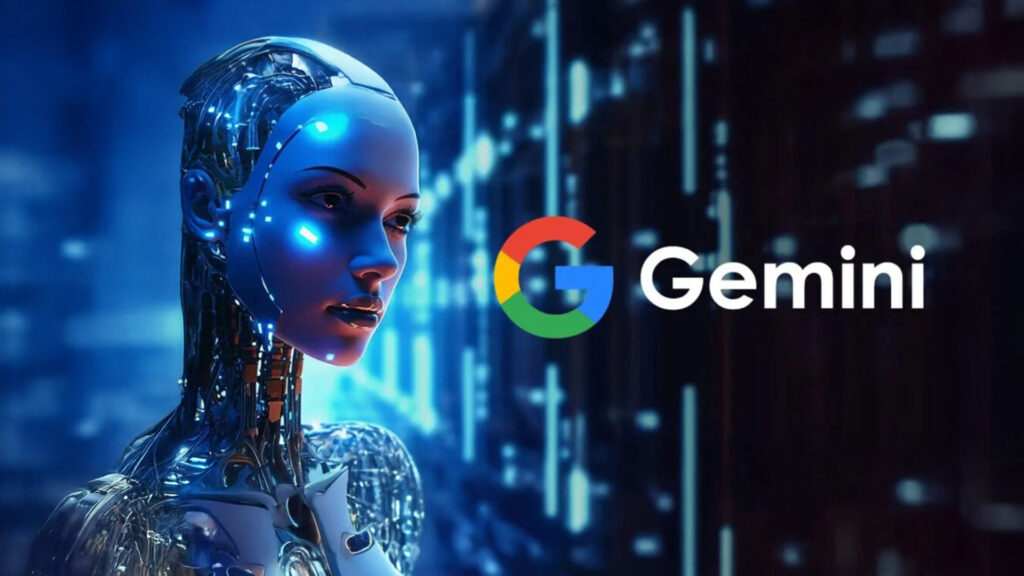
























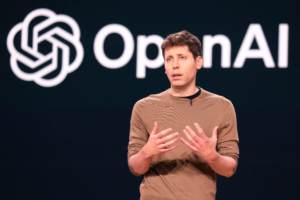


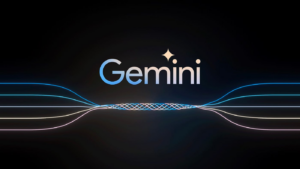

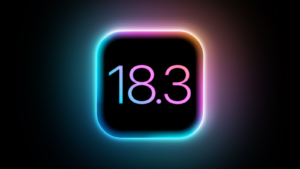






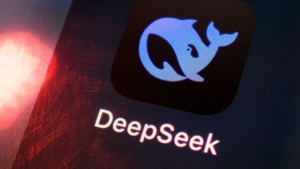

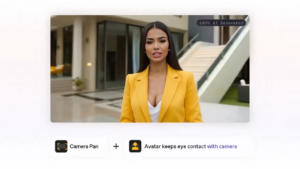










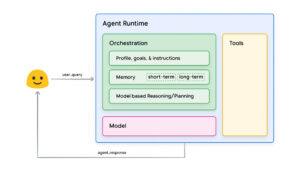



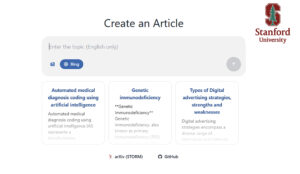


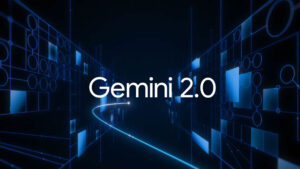




















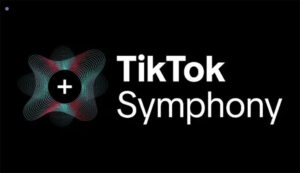








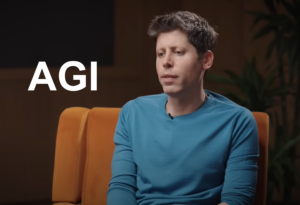
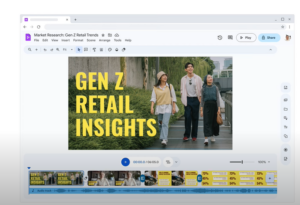





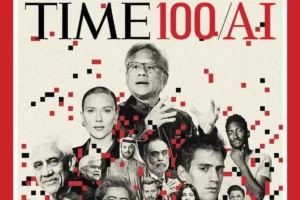
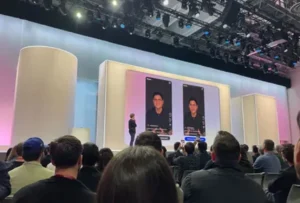










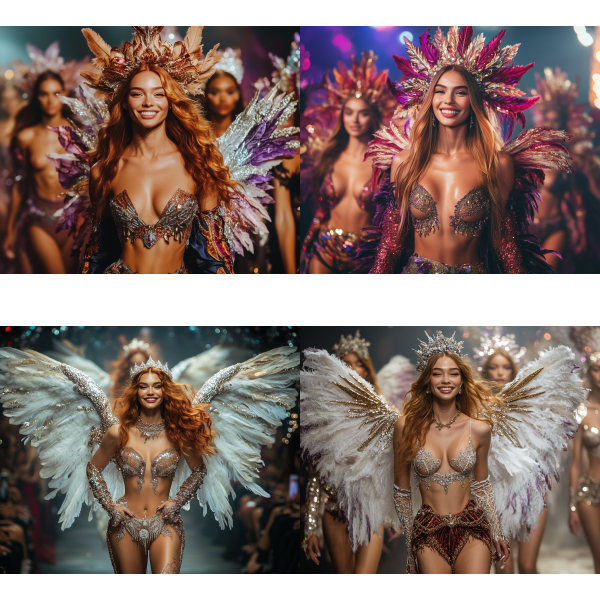
Validate your login
Sign In
Create New Account